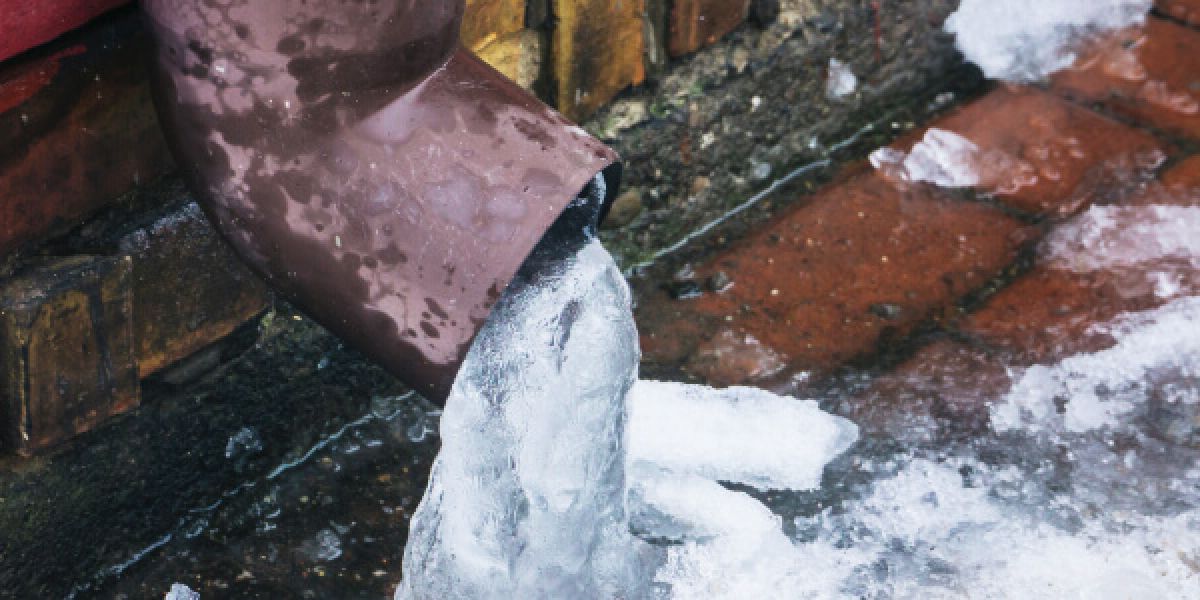Preventing Pipes from Cold Weather: Effective Methods
Preventing Pipes from Cold Weather: Effective Methods
Blog Article
The article directly below relating to Prevent Frozen Pipes is extremely insightful. Give it a go and make your own ideas.
:strip_icc()/snow-outdoor-faucet-pipes-4af65d1e5e904fb1aa7bf74071fe5d89.jpg)
Winter can wreak havoc on your pipes, specifically by freezing pipes. Right here's just how to stop it from happening and what to do if it does.
Intro
As temperatures drop, the threat of frozen pipelines increases, potentially causing costly fixings and water damage. Recognizing how to avoid icy pipelines is vital for homeowners in chilly climates.
Prevention Tips
Insulating vulnerable pipelines
Wrap pipes in insulation sleeves or use warm tape to protect them from freezing temperatures. Focus on pipes in unheated or external areas of the home.
Heating strategies
Maintain indoor areas appropriately heated up, particularly areas with plumbing. Open closet doors to permit warm air to circulate around pipes under sinks.
Exactly how to recognize icy pipes
Seek decreased water flow from faucets, unusual odors or noises from pipes, and visible frost on exposed pipes.
Long-Term Solutions
Architectural changes
Take into consideration rerouting pipes away from exterior walls or unheated locations. Add extra insulation to attics, cellars, and crawl spaces.
Updating insulation
Invest in top quality insulation for pipes, attics, and walls. Correct insulation aids preserve regular temperatures and decreases the threat of frozen pipelines.
Safeguarding Outside Plumbing
Yard pipes and exterior taps
Disconnect and drain pipes garden tubes before wintertime. Install frost-proof spigots or cover outside taps with insulated caps.
Comprehending Icy Pipes
What causes pipelines to ice up?
Pipes ice up when exposed to temperature levels below 32 ° F (0 ° C) for extended periods. As water inside the pipes freezes, it broadens, taxing the pipeline walls and possibly creating them to break.
Threats and problems
Frozen pipelines can result in water system interruptions, building damages, and pricey fixings. Ruptured pipes can flood homes and cause extensive architectural damages.
Signs of Frozen Pipes
Recognizing frozen pipelines early can avoid them from rupturing.
What to Do If Your Pipelines Freeze
Immediate activities to take
If you think icy pipes, keep taps open to relieve stress as the ice thaws. Utilize a hairdryer or towels taken in hot water to thaw pipelines slowly.
Verdict
Avoiding icy pipes calls for positive steps and fast feedbacks. By understanding the causes, indications, and safety nets, homeowners can secure their pipes during winter.
5 Ways to Prevent Frozen Pipes
Drain Outdoor Faucets and Disconnect Hoses
First, close the shut-off valve that controls the flow of water in the pipe to your outdoor faucet. Then, head outside to disconnect and drain your hose and open the outdoor faucet to allow the water to completely drain out of the line. Turn off the faucet when done. Finally, head back to the shut-off valve and drain the remaining water inside the pipe into a bucket or container. Additionally, if you have a home irrigation system, you should consider hiring an expert to clear the system of water each year.
Insulate Pipes
One of the best and most cost-effective methods for preventing frozen water pipes is to wrap your pipes with insulation. This is especially important for areas in your home that aren’t exposed to heat, such as an attic. We suggest using foam sleeves, which can typically be found at your local hardware store.
Keep Heat Running at 65
Your pipes are located inside your walls, and the temperature there is much colder than the rest of the house. To prevent your pipes from freezing, The Insurance Information Institute suggests that you keep your home heated to at least 65 degrees, even when traveling. You may want to invest in smart devices that can keep an eye on the temperature in your home while you’re away.
Leave Water Dripping
Moving water — even a small trickle — can prevent ice from forming inside your pipes. When freezing temps are imminent, start a drip of water from all faucets that serve exposed pipes. Leaving a few faucets running will also help relieve pressure inside the pipes and help prevent a rupture if the water inside freezes.
Open Cupboard Doors
Warm your kitchen and bathroom pipes by opening cupboards and vanities. You should also leave your interior doors ajar to help warm air circulate evenly throughout your home.

We hope you enjoyed our excerpt about How to Prevent Your Pipes From Freezing. Thanks so much for taking a few minutes to browse our article. Don't hesitate to pause to promote this blog post if you enjoyed it. Many thanks for your time spent reading it.
Schedule Today! Report this page